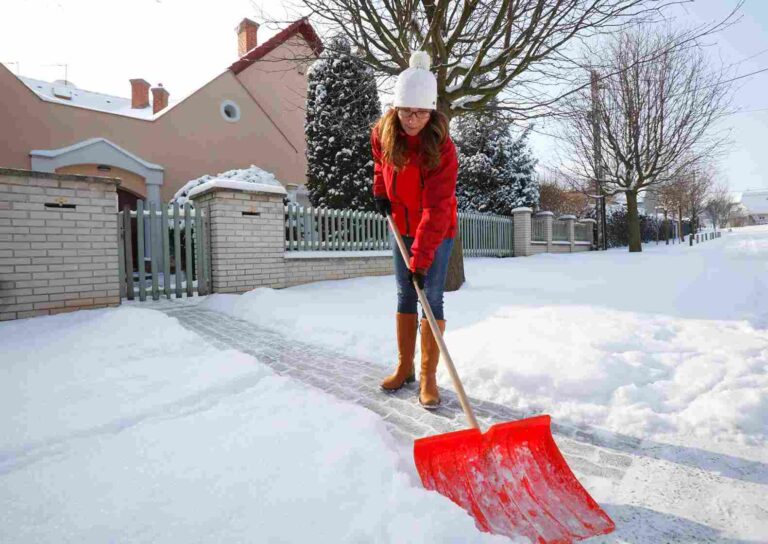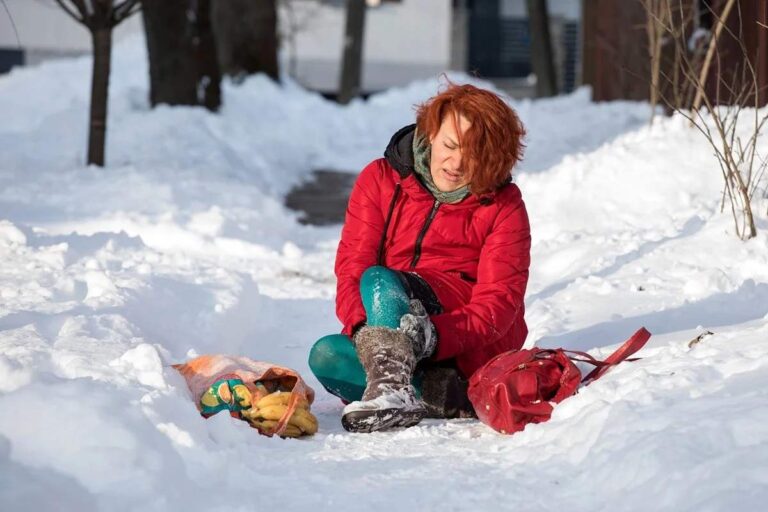One of the best parts of winter in the Northeast might be watching the snow fall outside while cozy inside. But going outside is a different matter and can be riskier. Shoveling and slick ice from snowfall both contribute to the most frequent winter injuries. This season and all year long, we have you covered at Specialty Care Clinics for the treatment of pains, bumps, and bruises. Below are the most frequent winter injuries and suggestions for preventing them :
Muscle strains:- Snow shoveling is not only a tiresome task, but it is also a common source of muscular strains. When shoveling, use the proper form to avoid stress. Instead of raising your back, primarily use your knees as the source of momentum. When two inches have fallen, shovel if you can. The snow will be lighter, which could be advantageous for avoiding muscular sprains and a sore back the following day.
Falls:- If you’ve ever witnessed someone slip and fall on a patch of winter ice, you know it’s not a pleasant sight. Slips can result in torn muscles, open wounds, sprains, and concussions. Be sure to salt public walkways and watch out for any thin ice that may not always be apparent. When it’s safe to do so, hold onto railings. Work on your upper body strength for further fall prevention so that you can brace yourself if you do trip or fall.
Winter sports injuries:- Ice skating, skiing, and snowboarding are excellent outdoor wintertime activities for getting in some fitness. Don’t allow an accident to end your fun if you, your family, or someone else gets hurt. Visit one of our facilities now! Without having to wait in line, we can treat head injuries, abrasions, breaks and fractures, sprains, and stitches. We are open all year long, from early morning till late night.

Winter sports injuries can be the following :
Concussion:- Any sport, at any season, including winter, can cause a concussion. Winter sports cause more than 23,500 concussions annually, with youngsters making up a third of those cases. Because of this, it’s crucial to look for indicators of a brain injury after a fall, such as :
- Blurred vision
- Dizziness
- Confusion
- Swelling at the site of the injury
- Vomiting
Spinal injuries:- A back injury can be just as disruptive to your life as a concussion or other brain injury, despite the fact that they are rarely deadly. A severe sprain or strain in the muscles or ligaments might restrict you from moving around for weeks. On the other hand, a fracture or dislocation may harm the spinal cord and result in either partial or total paralysis.
Dislocated or broken elbow:- Tennis and baseball are two activities that we typically connect with elbow injuries in the summer, but winter players can also get them. Elbows aren’t always safe from harm; misuse can result in painful muscles and tendon damage. However, if you extend your hands to block a fall or prevent slamming into something, you risk suffering a more severe injury.

SAFETY TIPS: INJURY PREVENTION IS THE KEY TO STAYING SAFE
Winter activities can involve injuries, but this is not a given. If proper planning and preparation had been done, as many as 50% of all sports injuries may have been avoided. Follow these essential sports injury prevention advice as you get ready for your day or night out.
- Take breaks often
- Be aware of the weather
- Don’t go alone
Perform your warm-up exercises. - Utilize protective gear
- Scan your equipment
- Adhere to the correct method
- Don’t attempt tasks that are beyond your experience level
- Dress appropriately
- Become familiar with your surroundings
- Establish Your Limits
To learn more about preventive steps, book an appointment right away. Call Specialty Care Clinics at (469) 545-9983 if you have urgent inquiries.
